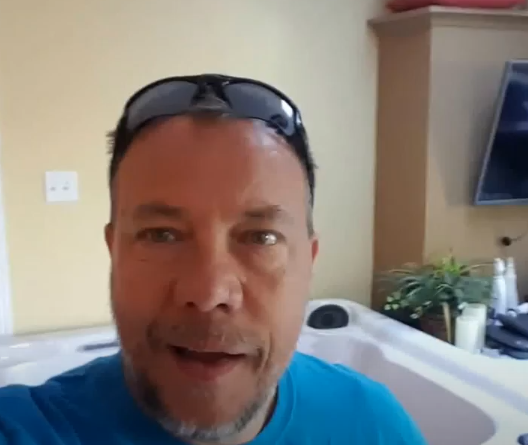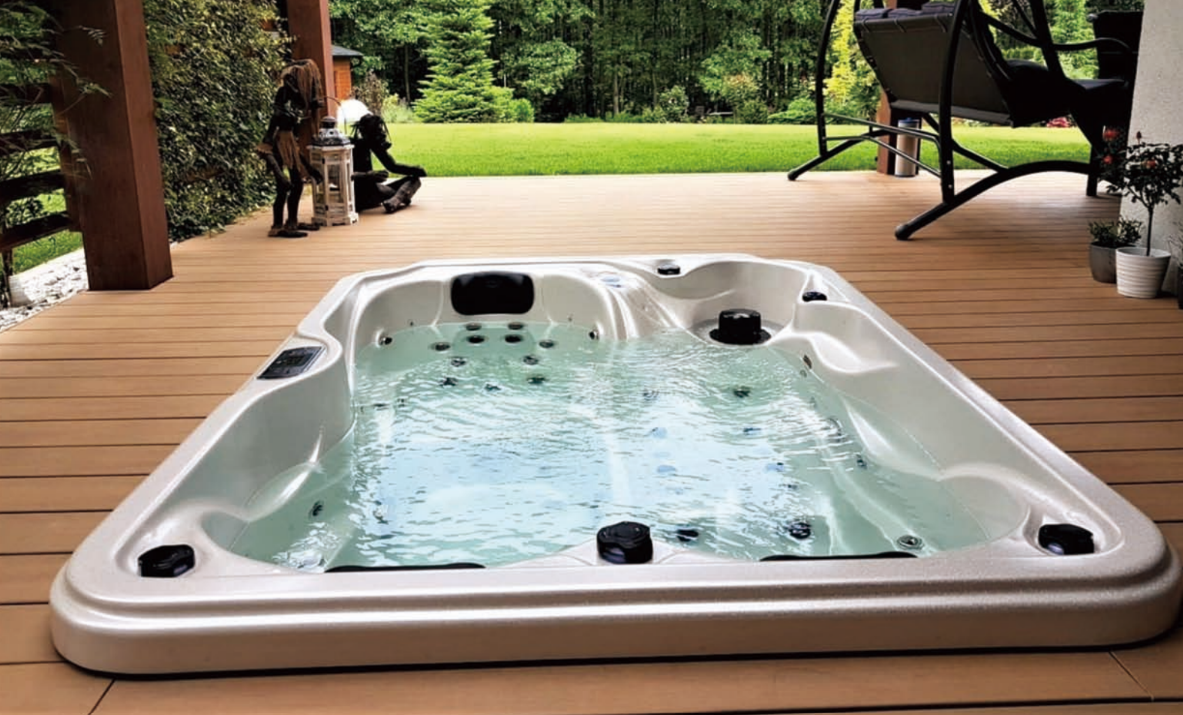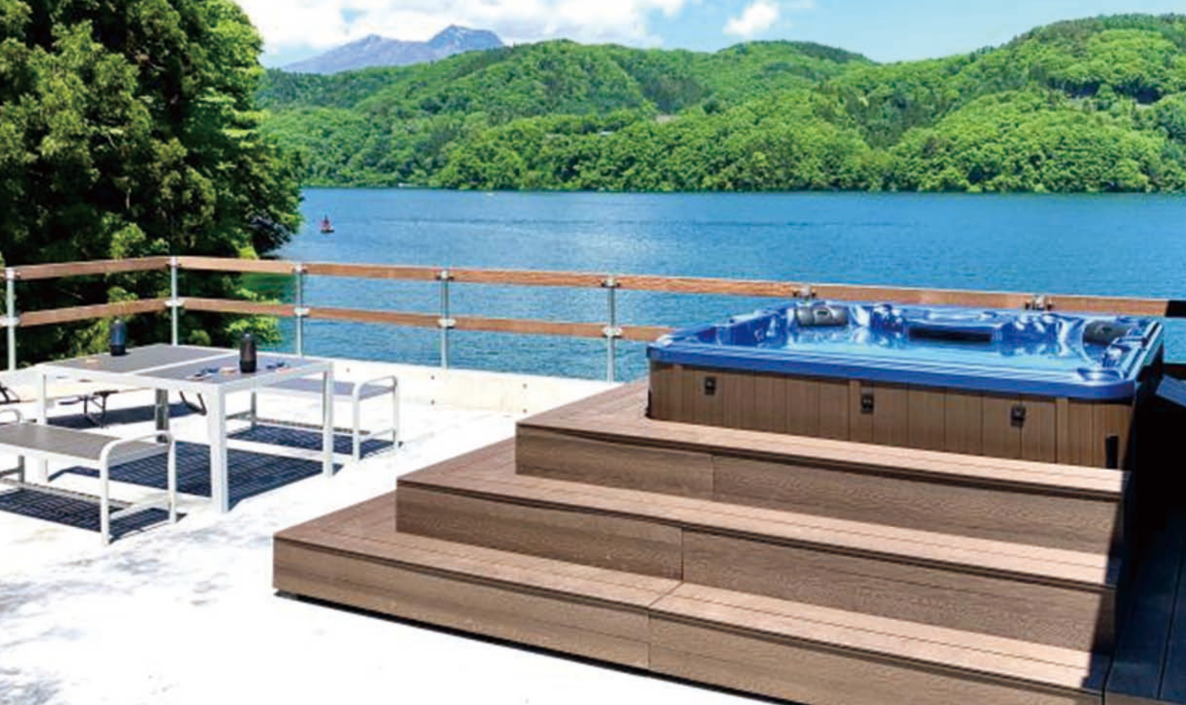5 Tips for Cheaper Winter Soaks
Getting the most out of your spa during the chilly months!

Owning a hot tub is a fantastic way to relax and enjoy health benefits all year round. However, the cost of keeping your spa warm during the winter can be a concern. While we've previously covered the importance of maximizing the R-value of your spa, here are five practical tips to help you reduce operational costs this winter without compromising your cozy soaks.
1. Lower the Heating Temperature
Your hot tub's heater only consumes energy when it’s actively heating the water. To reduce how often it runs, consider lowering your spa’s temperature by a few degrees during the winter. A small adjustment can lead to noticeable savings over time.
However, be cautious with Eco settings that significantly reduce the water temperature (e.g., lowering it more than 10°F). While it may seem like a good idea, reheating the water from an Eco setting (like 85°F) to your usual soaking temperature (around 102°F) often consumes more energy than maintaining a consistent temperature. Keeping the water at a steady temperature, even if slightly cooler, is typically more efficient.
2. Use a Floating Thermal Blanket
A floating thermal blanket, often made from bubble-wrap-like material, can be a game-changer. It sits directly on the water’s surface and helps retain heat by minimizing the air space above the water where heat loss occurs. This reduces the thermal bridging effect, where heat escapes through small gaps, like the seams and seals of your spa cover.
Adding a thermal blanket complements your insulated spa cover by trapping heat more effectively, preventing it from escaping into the cold winter air. It’s a simple and affordable solution to cut down on energy use.
3. Close Off Air Valves
Most hot tubs have venturi air valves that mix air into the water jets. While these valves can enhance water pressure for massages, they can also introduce cold outside air into the spa water. This isn't a big deal during a 15-minute soak but can be a significant energy drain if left open during filtration cycles, which often run for hours during the coldest parts of the day.
To save energy, close these air valves after each use, especially during the winter months. You’ll notice fewer bubbles when the valves are closed, and your spa will retain heat more efficiently.
4. Soak With Half the Cover Open
If you’re soaking solo or with just one other person, consider only opening half of your hot tub cover. This helps retain heat on the unused side of the spa and minimizes overall heat loss.
Important Safety Note: Never swim under the enclosed half of the cover. Use this tip responsibly and ensure safety, especially if children are around.
5. Minimize “In-and-Out” Activities
As fun as it may be to jump into a snowbank and then back into the hot tub, this activity can wreak havoc on your energy bill. Each time you do this, you introduce cold air and ice-cold water into the spa, forcing the heater to work overtime to restore the temperature. Prolonged periods with the cover off only compound the problem.
If saving energy is your goal, limit these activities to special occasions and focus on keeping the tub covered and warm during your soaks.
Final Thoughts on Winterizing Your Spa
Some spa owners might consider winterizing their hot tub to save on operational costs, but this process isn’t as simple as winterizing an RV. Hot tubs have complex plumbing systems with multiple lines running through manifolds and behind seats, making it difficult to ensure all areas are properly filled with antifreeze. Improper winterization can lead to significant issues, such as frozen pipes, when you reopen the spa in the spring.
Given the relatively low cost of operating modern hot tubs and the challenges of winterization, we generally recommend keeping your spa running during the winter months. If you’ll be away for an extended period and have a warm place to store your spa, winterizing might make sense—but for most owners, enjoying warm soaks throughout the winter is well worth the effort.
Enjoy Your Winter Soaks
We hope these tips help you make your winter hot tubbing as cost-effective as possible. And remember, while saving energy is important, some moments—like watching the kids enjoy the snow or sharing a cozy soak with family—are priceless. Cheers to staying warm and relaxed this winter!




